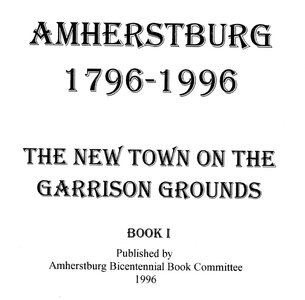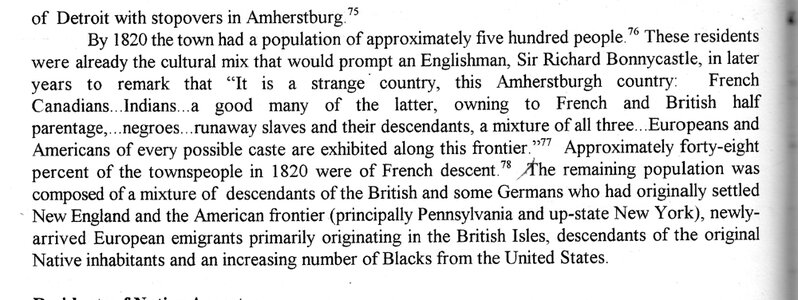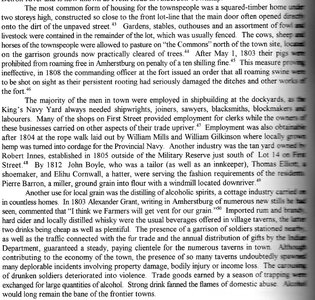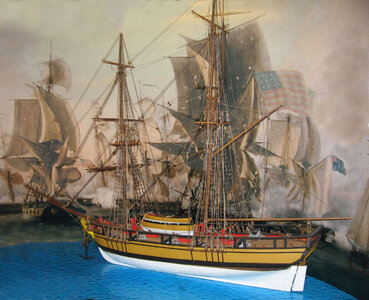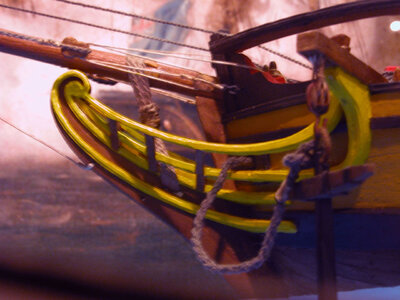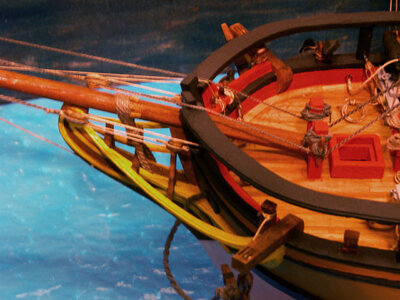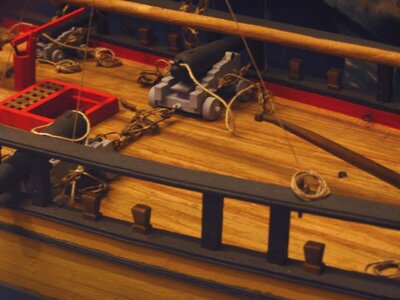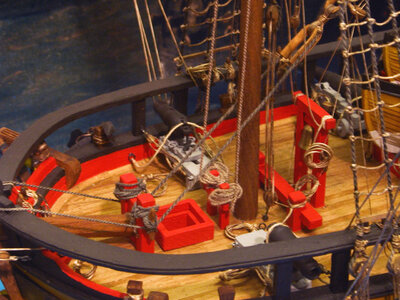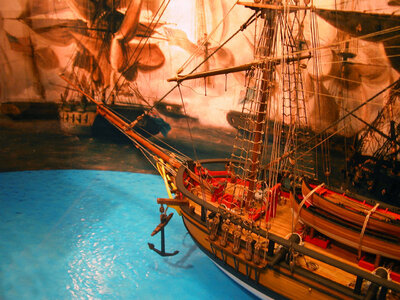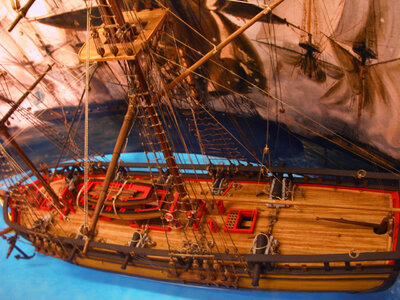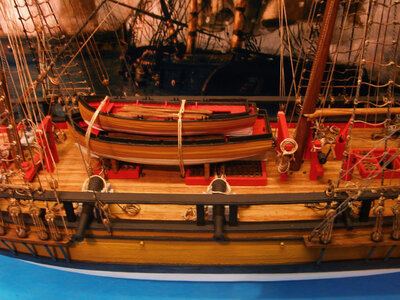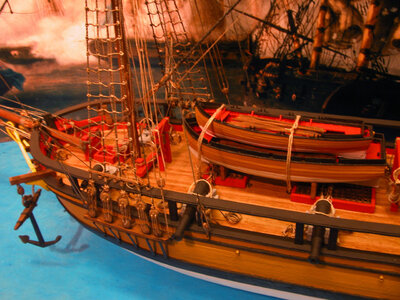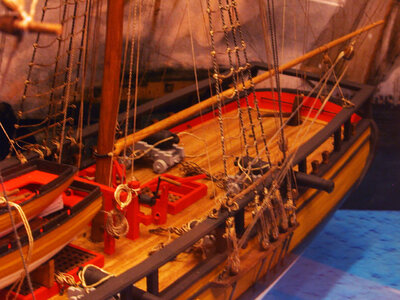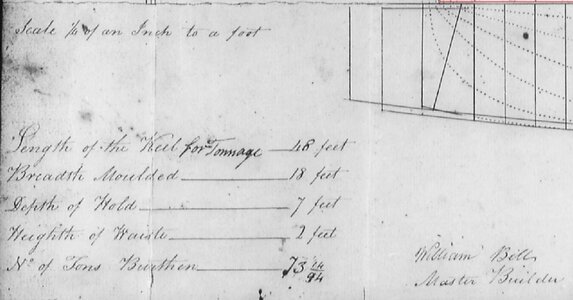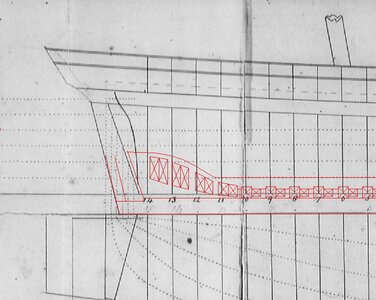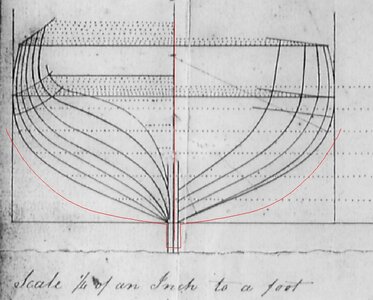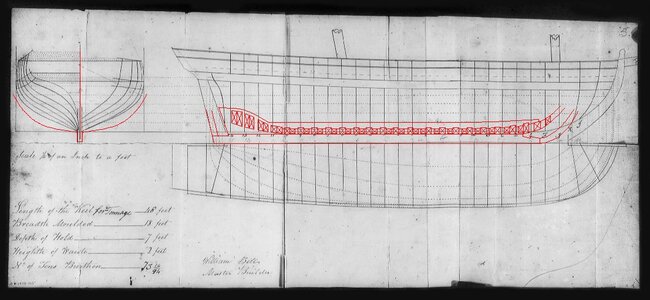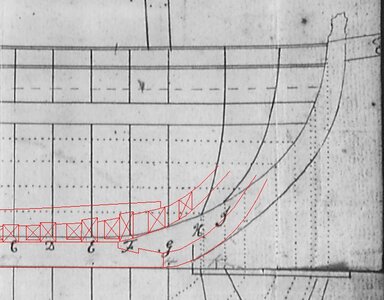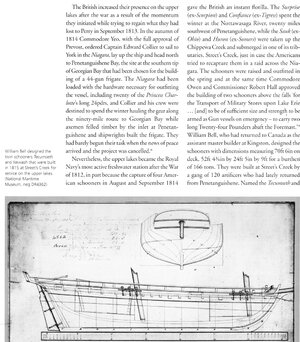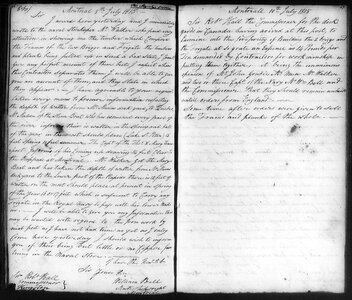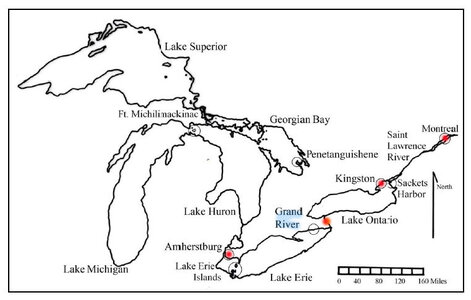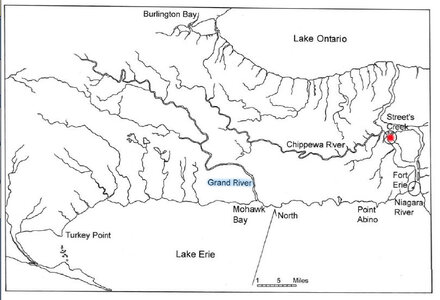- Joined
- Dec 1, 2016
- Messages
- 6,341
- Points
- 728

A bit of a side question to your interesting story: I have a John Stevens drawing also (of the Great Lakes schooner St. Louis, 1961) and after some research I assume it was drawn by the John Stevens that you are referring to. How did you definitively connect that drawing with "that" John Stevens? I'd like to do the same, but all I have is a name on a print, no copyright, no organisation name, etc.
Edit: never mind. I just zoomed in on the hand lettering on the Steven's drawing. It is distinctive and the same on my laker as on the Hunter drawing. That is sufficient for me to link it to "that" Stevens".
You are presenting a fascinating detective story by the way.
i connected the drawing of the General Hunter to John Stevens curator of the Museum of the Atlantic from an old article he wrote and published back around 1952 or 1953. The article was published in a couple places one being volume 3 of the Nautical Reasearch Guild Journal. I would post that article but the NRG is known not to be very friendly and not willing to share information. You will quickly get threating Emails if you try use anything even with fair use. So a way around it is to contact the museum and use the original article. John Stevens did leave a volume of research, articles, photo collection and drawings in the museum archives.
I am using John Stevens archives on another project and the museum staff is very willing and heplful to share.
Edit: never mind. I just zoomed in on the hand lettering on the Steven's drawing. It is distinctive and the same on my laker as on the Hunter drawing. That is sufficient for me to link it to "that" Stevens".
You are presenting a fascinating detective story by the way.
i connected the drawing of the General Hunter to John Stevens curator of the Museum of the Atlantic from an old article he wrote and published back around 1952 or 1953. The article was published in a couple places one being volume 3 of the Nautical Reasearch Guild Journal. I would post that article but the NRG is known not to be very friendly and not willing to share information. You will quickly get threating Emails if you try use anything even with fair use. So a way around it is to contact the museum and use the original article. John Stevens did leave a volume of research, articles, photo collection and drawings in the museum archives.
I am using John Stevens archives on another project and the museum staff is very willing and heplful to share.




